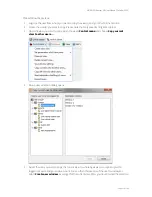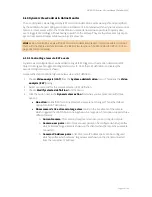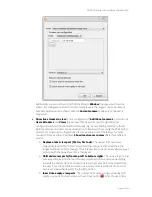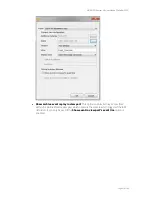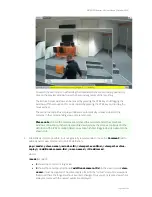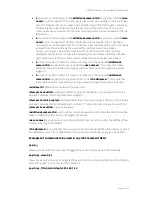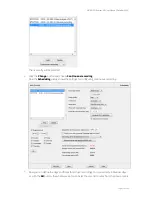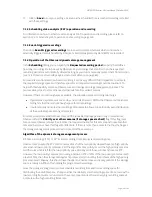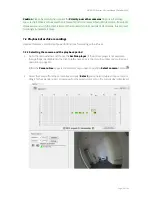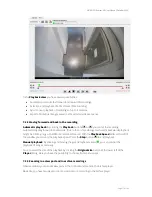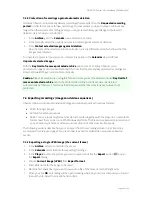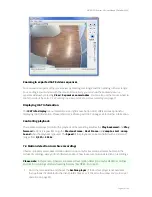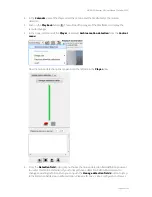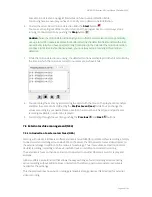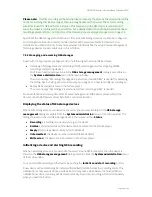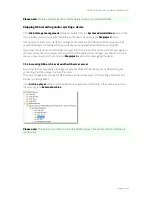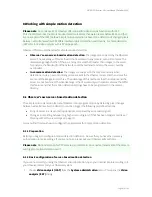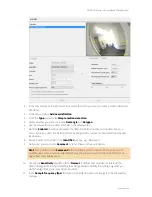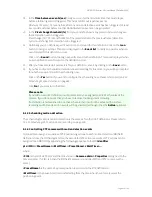
NETAVIS Observer 4.6 User Manual (October 2015)
Page 74 of 204
10.
Click on
Save
to save your settings. As soon as the scheduled time is reached recording is started
with these settings.
7.1.2 Scheduling video analysis (iCAT) operation and recording
For information on how to schedule video analysis (iCAT) operation and recording please refer to
section
15.3.15 Scheduling iCAT operation and recording
on page 160.
7.1.3 Event-triggered recordings
The option
Event-triggered recordings
can be used to create schedules which control when
externally triggered events handled by Observer's Event Management System (EMS) are recorded.
7.1.4 Operation of the Observer dynamic storage management
In the
Scheduling
dialog you can specify the
Requested recording period
property that defines
how long recordings are to be kept by Observer. Any recordings that are older than the requested
recording period are automatically deleted as long as you do not manually protect them from deletion
(see
7.2.8 Protection of recordings against automatic deletion
on page 80).
For cases like motion detection-based recording it can be very difficult if not impossible to estimate
the required storage space and therefore space for all requested recordings could be too short. To
help with this hopefully rare case, Observer uses an intelligent storage management process. This
process always tries to store all requested periods for all recorded cameras.
However, if there is not enough space available, the allocation process is doing two things:
It generates a system event once a day and sends an email / SMS to the Observer administrator
telling him that there is not enough space for all recordings.
It automatically truncates the recordings of cameras to allow a proportionally even distribution
of the available space among all cameras.
For some special cameras that have to record the requested storage period in any circumstances,
Observer offers the
Priority over other cameras (if storage space is short)
flag. If this flag is set
for a camera, Observer always tries to store the requested period for this camera and truncates other
cameras that do not have this flag set a little more. If there is more than 1 camera that has the flag set,
the storage management process tries to store all of those cameras.
Algorithm of the dynamic storage management process
:
Fill-time-percentage (FTP) = 100 * Actual-recording-time / Requested-recording-time.
Observer tries to keep the FTP of all cameras of each of the two priority classes the same (high-priority
cameras and lower-priority cameras). First the algorithm tries to fully record the high-priority cameras
and then use what is left for the lower-priority ones, whereby all of those will reach the same FTP.
However, the low priority cameras can never go below an FTP of 10%. If the low priority cameras reach
a level of 10%, then the storage management process starts truncating the archives of the high priority
cameras as well. Anyway, this should never happen in a normal case and is only possible if the storage
space is totally insufficient for holding the programmed recordings.
Since the storage management process considers recording time and not recording space for
distributing the available space, it happens that the relatively small recording space of a camera with a
low recording frame rate is truncated in the same proportion like the relatively big recording space of
a camera with a high recording frame rate.



